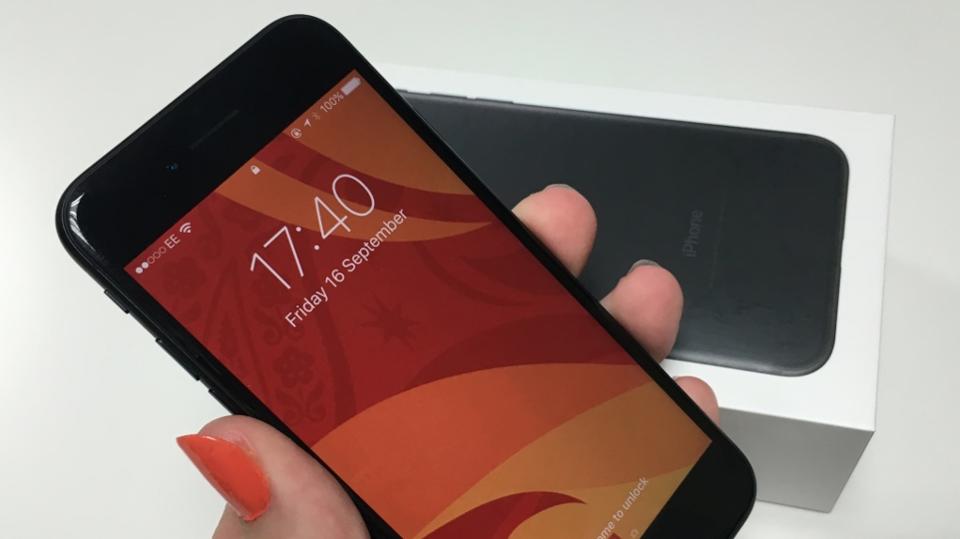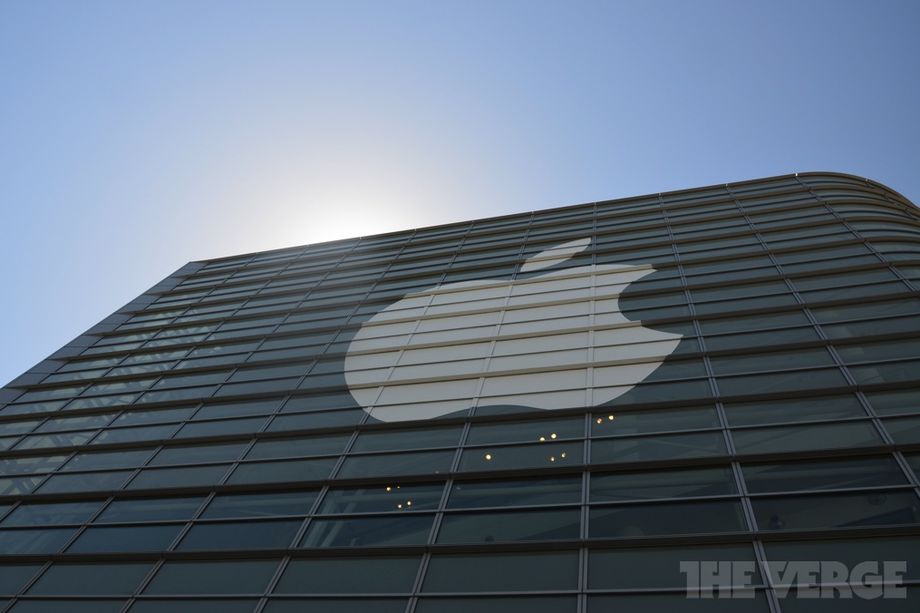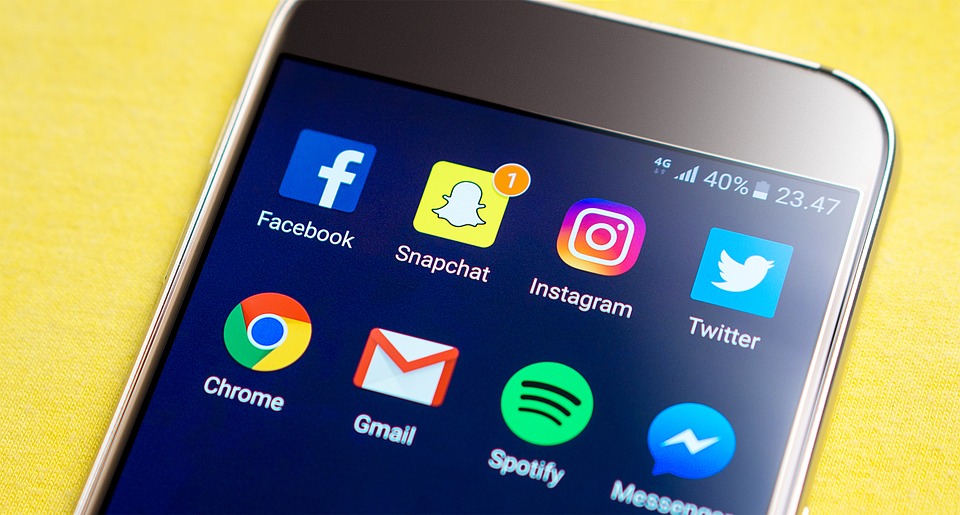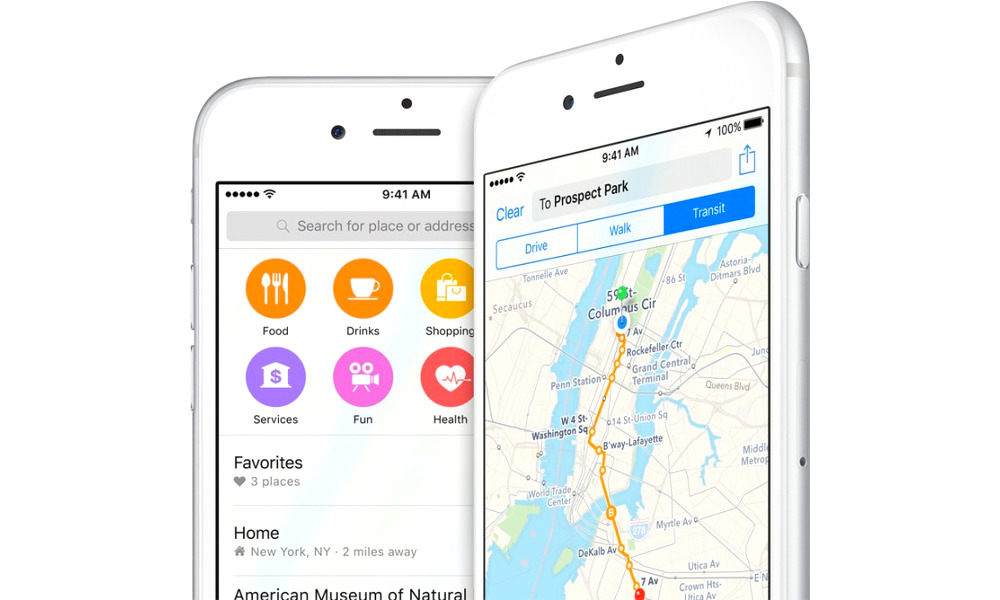Advertisers are picking a fight over Safari’s new “intelligent tracking prevention” feature. But the iPhone maker isn’t backing down.
Apple has unequivocally rejected an ad industry request to “rethink” a privacy-protecting browser feature set to arrive this month in the newest version of its Safari web browser.
Six ad industry groups said Thursday that a Safari 11 feature called intelligent tracking prevention breaks existing browser conventions and “will … sabotage the economic model for the internet.” On Friday, Apple issued its response: Forget it. Online ads are violating our privacy, and Apple isn’t going to disable intelligent tracking prevention.
“Ad tracking technology has become so pervasive that it is possible for ad tracking companies to re-create the majority of a person’s web browsing history. This information is collected without permission and is used for ad re-targeting, which is how ads follow people around the internet,” an Apple representative said. “Apple believes that people have a right to privacy.”

Advertising is the lifeblood of the internet, fueling the immensely successful businesses of Facebook and Google without our having to pay a penny. Online ad spending will grow 17.4 percent to $223.74 billion this year, according to eMarketer, and advertisers are fighting against technology that makes it harder to track your online behavior so ads can be targeted more precisely.
But ads have become a problem, too. On top of the privacy invasion, ads drain phone batteries, use up our monthly data allotment, slow down websites and even sometimes deliver malware used to attack our computers. No wonder browser makers like Brave, Chrome, Firefox, Opera and Safari are pushing back with limits on ads and ad tracking technology.
The advertising groups that banded together to object to Safari’s new feature didn’t immediately respond to a request for comment.
Cookie complaint
Their complaint stems from Safari’s new handling of cookies, the small text files that websites can store on your computer. Cookies can help you, for example by remembering your email username for faster login or recording what you’ve placed in a shopping cart. And they can help advertisers by logging websites you’ve visited and whether you clicked on their ads. Safari has long blocked third-party cookies, those placed on a website by a party other than the website publisher, but the six major US ad groups objected to how Apple is handling first-party cookies, too.
Specifically, they don’t like that Safari will automatically delete cookies its software determines are used to track you from one site to another, and they don’t like how it’ll automatically delete first-party cookies from websites you haven’t visited for more than 30 days.
“Apple’s unilateral and heavy-handed approach is bad for consumer choice and bad for the ad-supported online content and services consumers love. Blocking cookies in this manner will drive a wedge between brands and their customers, and it will make advertising more generic and less timely and useful. Put simply, machine-driven cookie choices do not represent user choice; they represent browser-manufacturer choice,” the ad groups said.
If you believe the ad industry has a point, you can disable intelligent tracking prevention in Safari’s settings.
Apple responded that it’s complying with cookie-handling standards and blocking loopholes advertisers used to violate privacy.
Intelligent tracking prevention “does not block ads or interfere with legitimate tracking on the sites that people actually click on and visit. Cookies for sites that you interact with function as designed, and ads placed by web publishers, will appear normally,” Apple said.
Safari 11 arrives Sept. 19 for iPhones and and iPads and Sept. 25 for Macs with the new MacOS High Sierra software.
CNET Magazine: Check out a sample of the stories in CNET’s newsstand edition.













